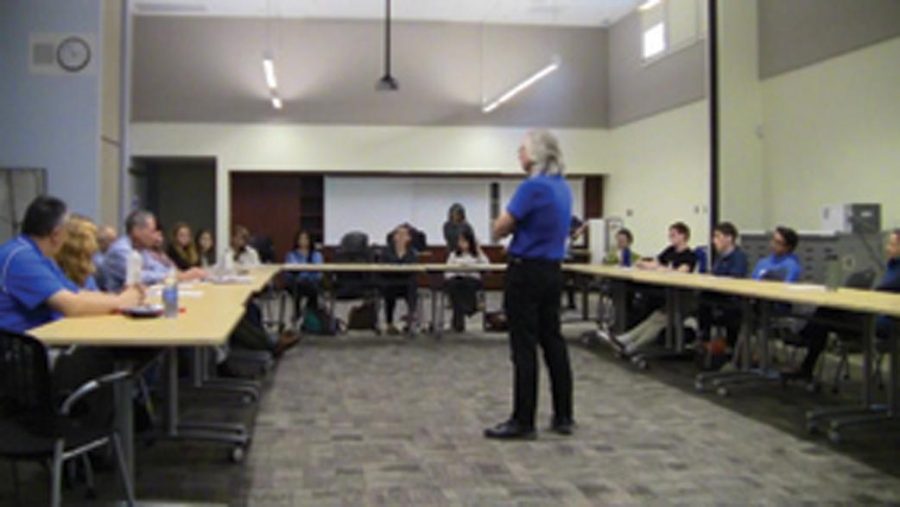Tam students have been working to integrate a Restorative Justice program within the Tamalpais Union High School District (TUHSD). The program will allow students who have admitted to school offenses to participate in a restorative circle. The restorative circle will consist of trained students that determine how to resolve the issue. This system is progressive, and focuses on rehabilitation and resolution, rather than punishment.
The Tam Restorative Justice Club is implementing this program. The club’s founder and president is Tam News editor Danielle Egan.
Students who have committed school offenses, such as academic dishonesty or physical altercations, and have admitted guilt can be referred to the restorative circle by the administration. Students who participate in the system are given an assignment to complete after they have taken part in the remedial circle. They will make amends for their actions and in turn, serious offenses will be labeled as “suspension diversion” on their permanent records.
Unlike other Restorative Justice systems that use a court room setup, Tam will be using a restorative circle setting. “The restorative [circle] process is supposed to separate the act from the person and I feel that the court setting kind of imposes that on to the student,” Assistant Principal Leah Herrera said.
Circle members listen to student cases, issuing verdicts to offenders as they see fit. “We prescribe an appropriate restorative plan tailored to each specific case in order to achieve the best possible result to prevent [another] occurrence,” junior Jason Leung, one of the two vice-presidents of the club, said. Jurors are selected from those who have gone through a series of training sessions led by a Restorative Justice program, however jurors do not have to be members of the Restorative Justice Club.
Once students are given a verdict they are assigned a student liaison to insure they fulfill their requirement. When students have completed their verdict, the student liaison will clear them. However, if the verdict is not completed, the offense will remain on the students’ permanent records.
Tam students are currently in the process of being trained by a restorative justice program, but the club expects to have their first case by April. Additionally, students that have gone through the restorative circle and completed their assignment will be invited to receive training and join the circle themselves.
“There will be a full circle [within the program],” Herrera said of the opportunity. “It will create a more inclusive culture and also give those students the chance to take a leadership role.”
Those involved with the program are enthusiastic about its implementation and the potential to help students.
“This system will benefit Tam because with the system in place now, one mistake could follow you for the rest of your life on your record,” Leung said. “We want to give students a chance to make amends and go through a restorative plan to help themselves.”


